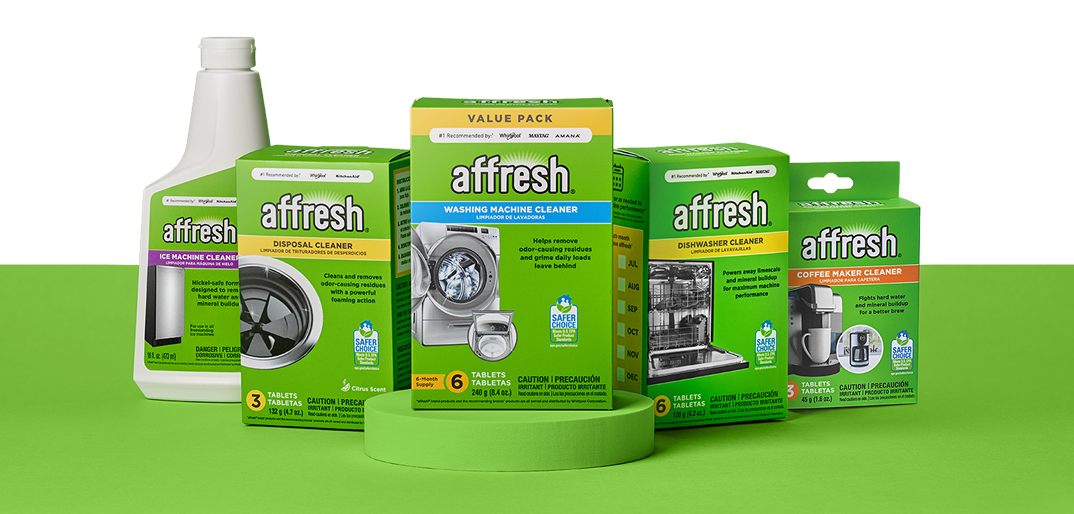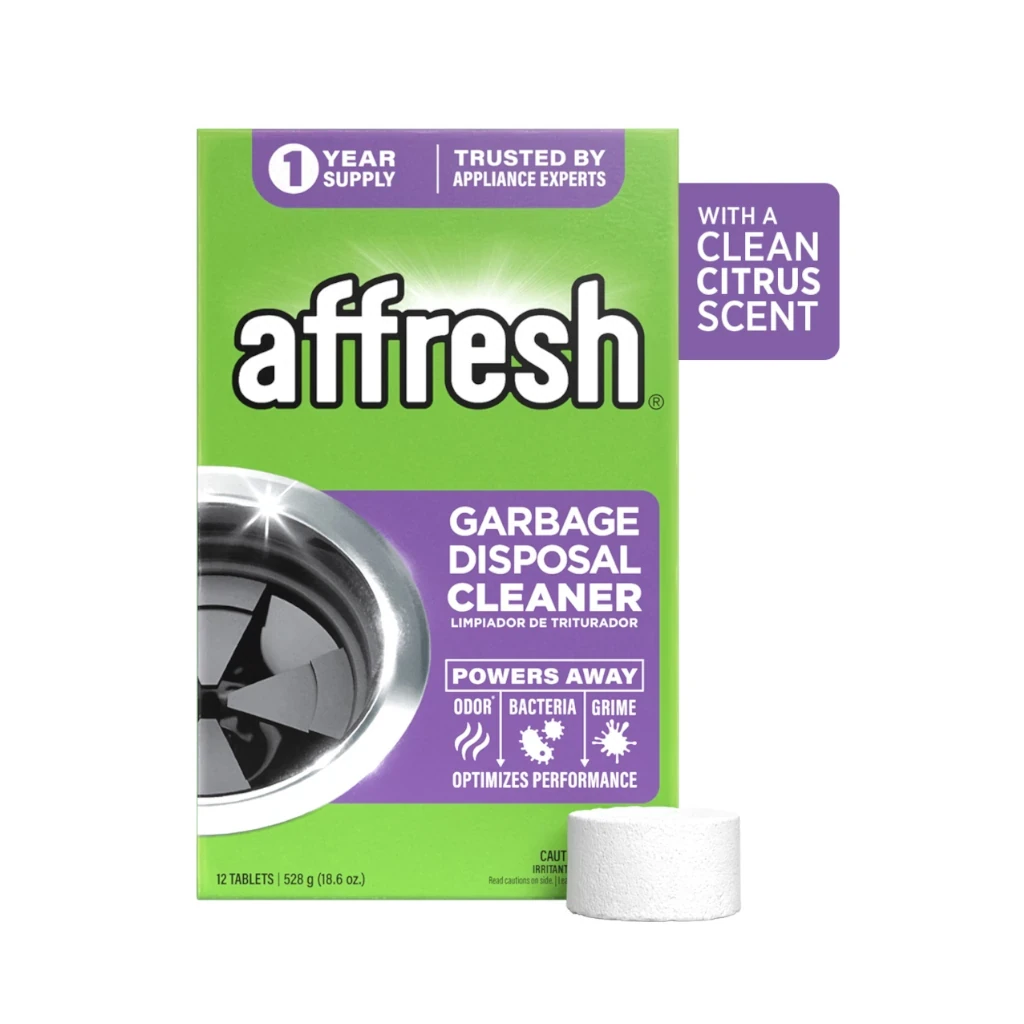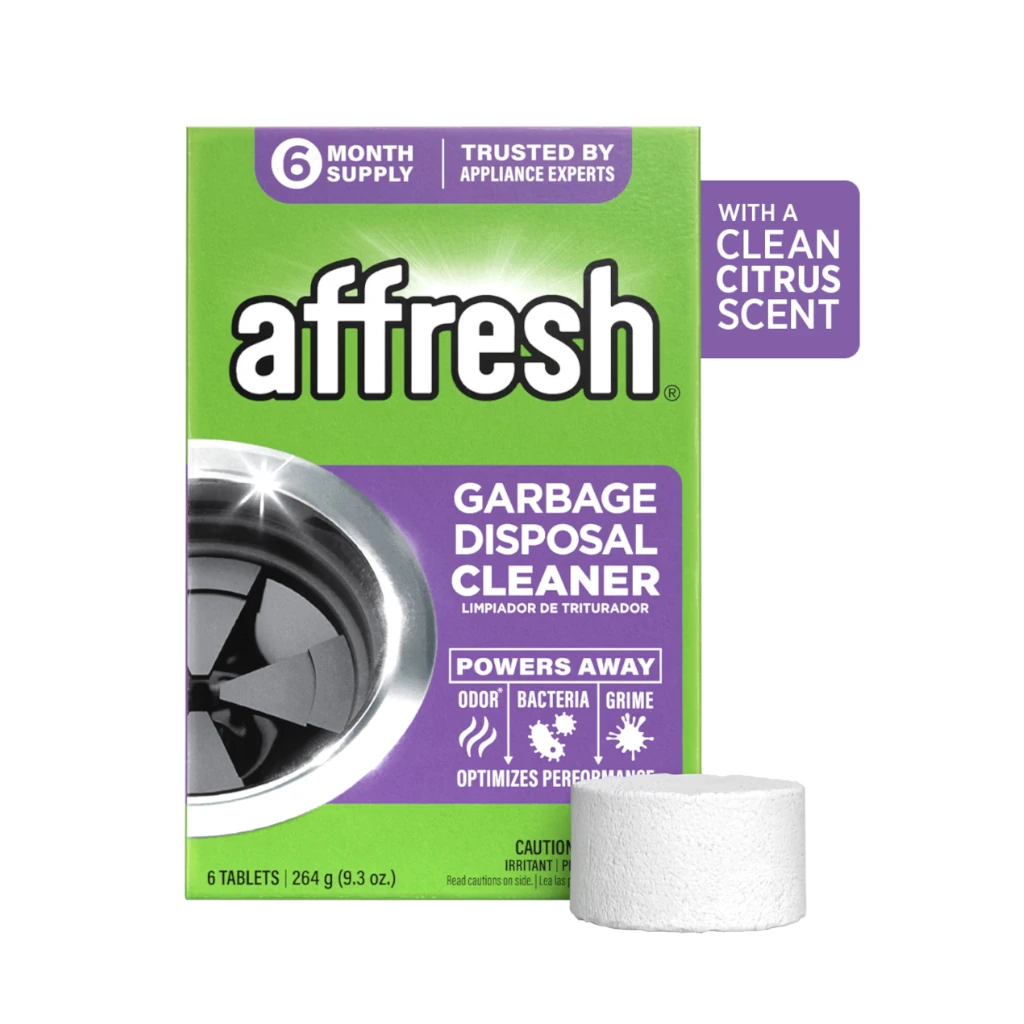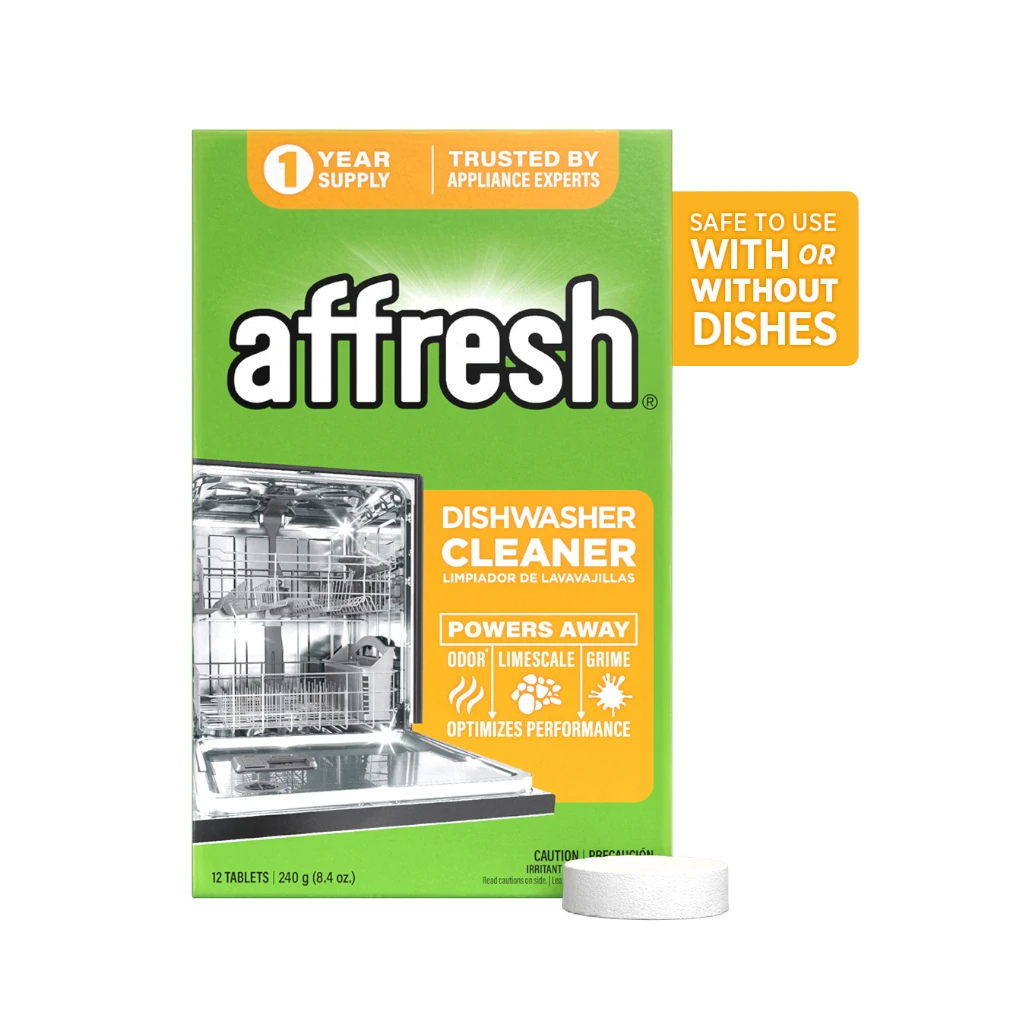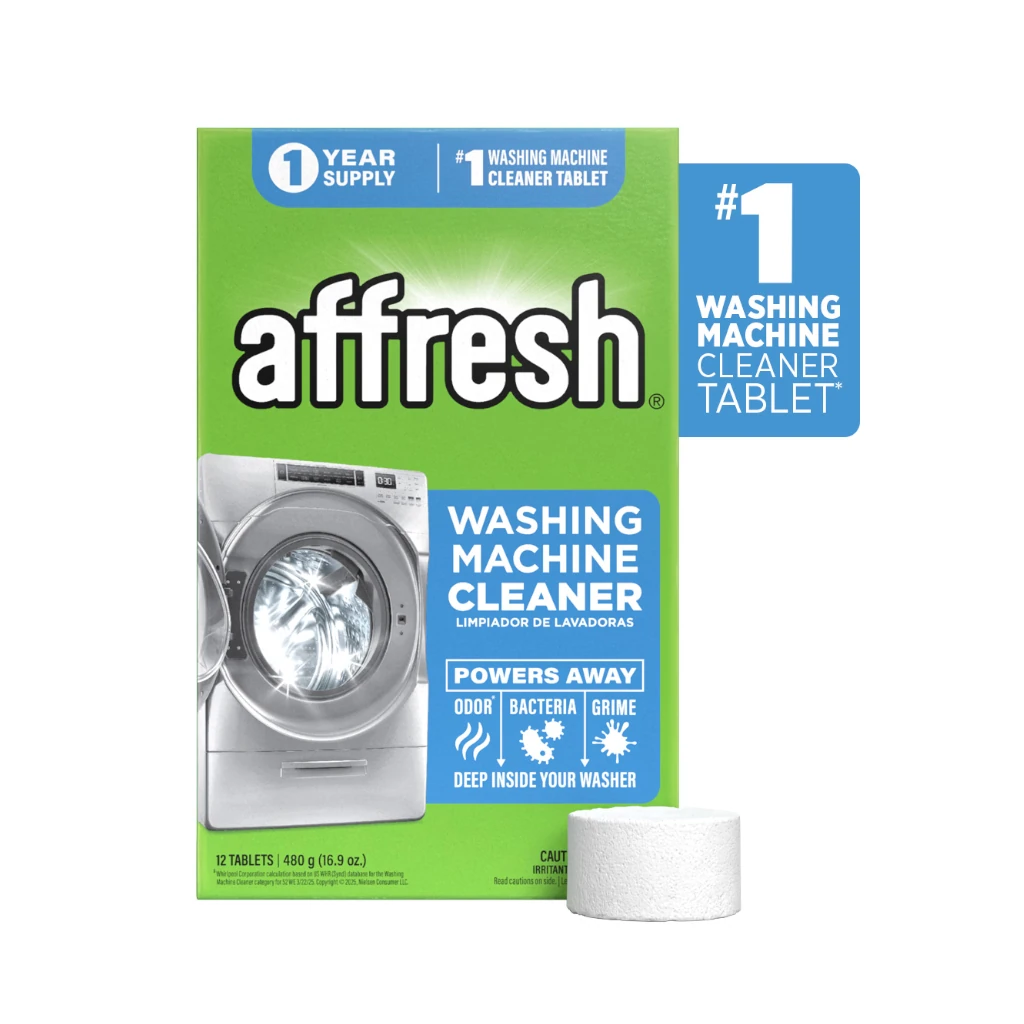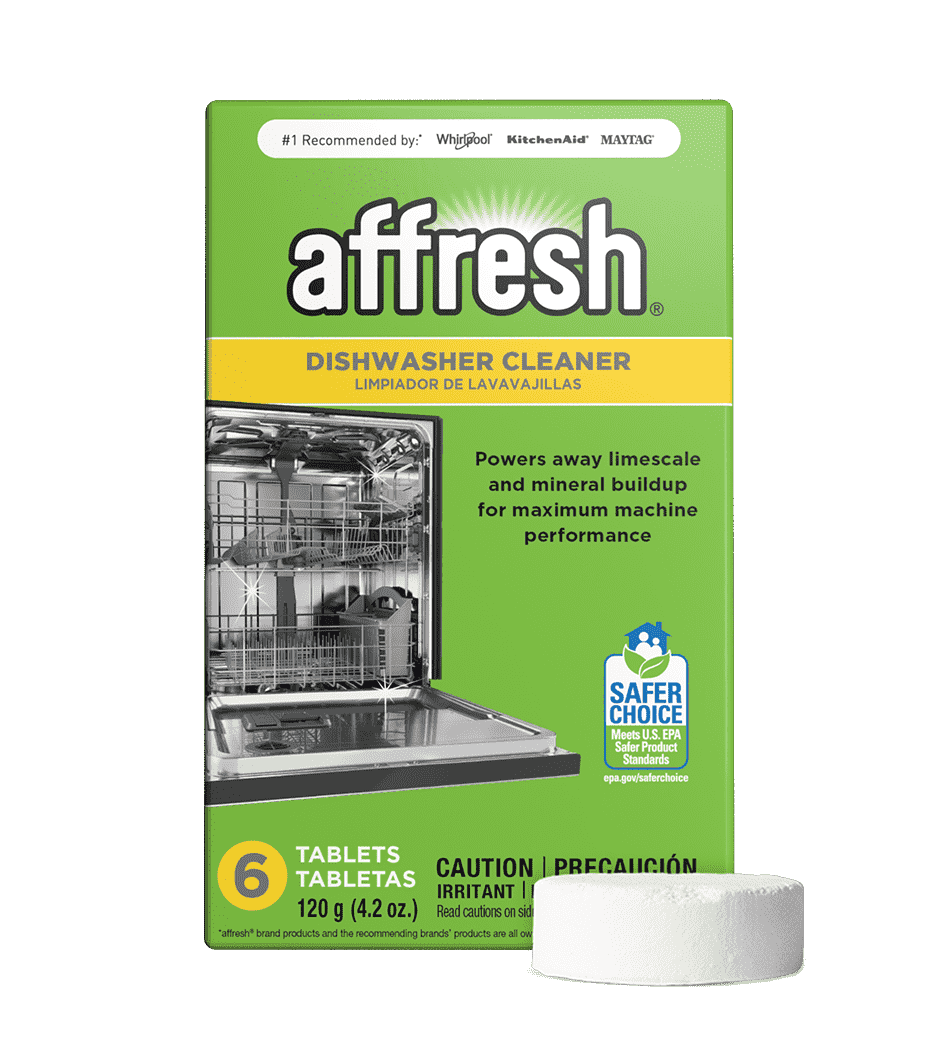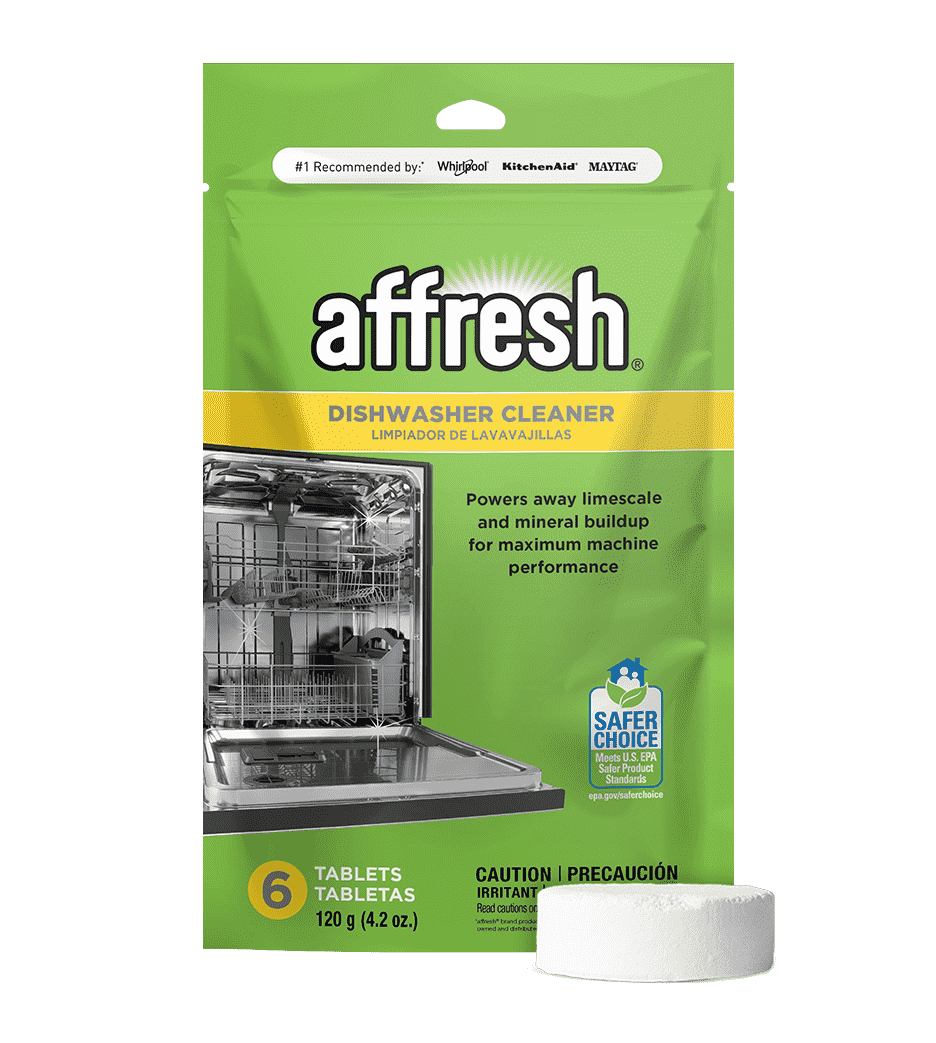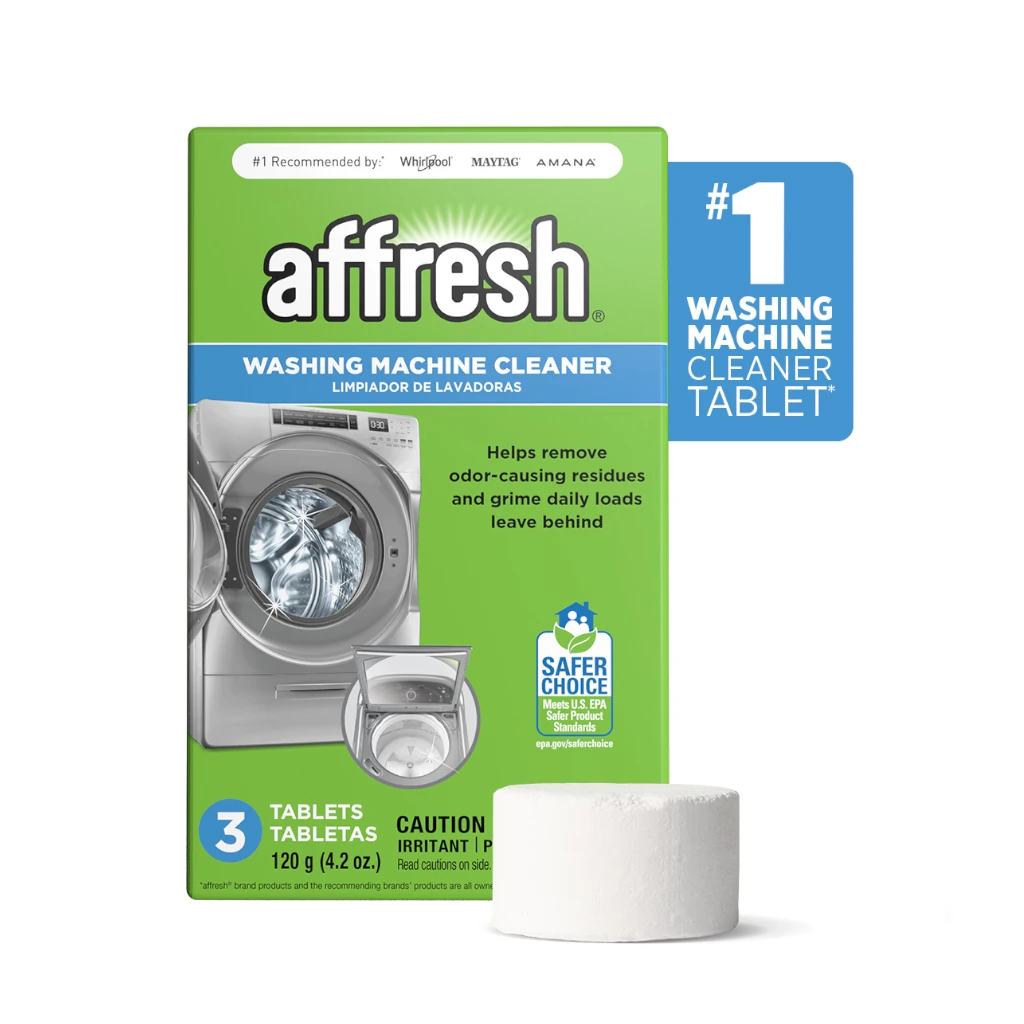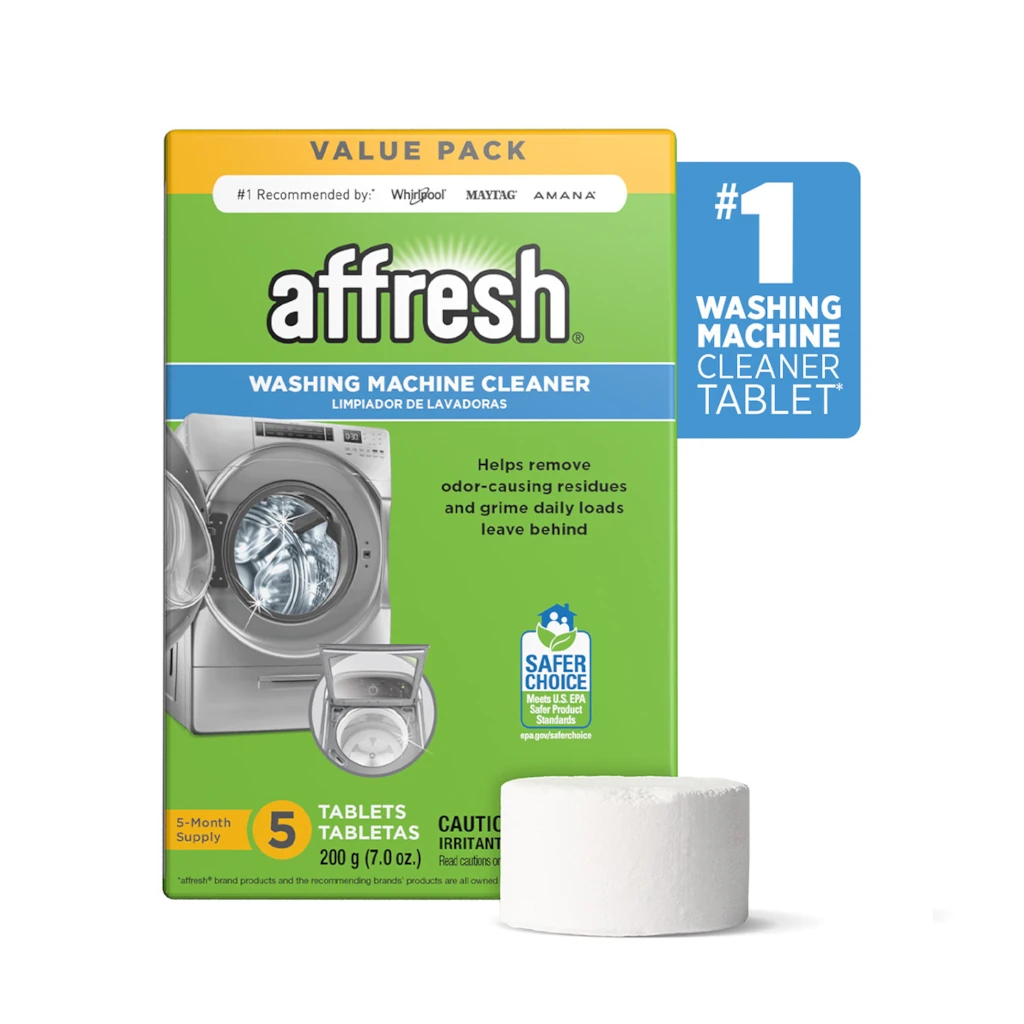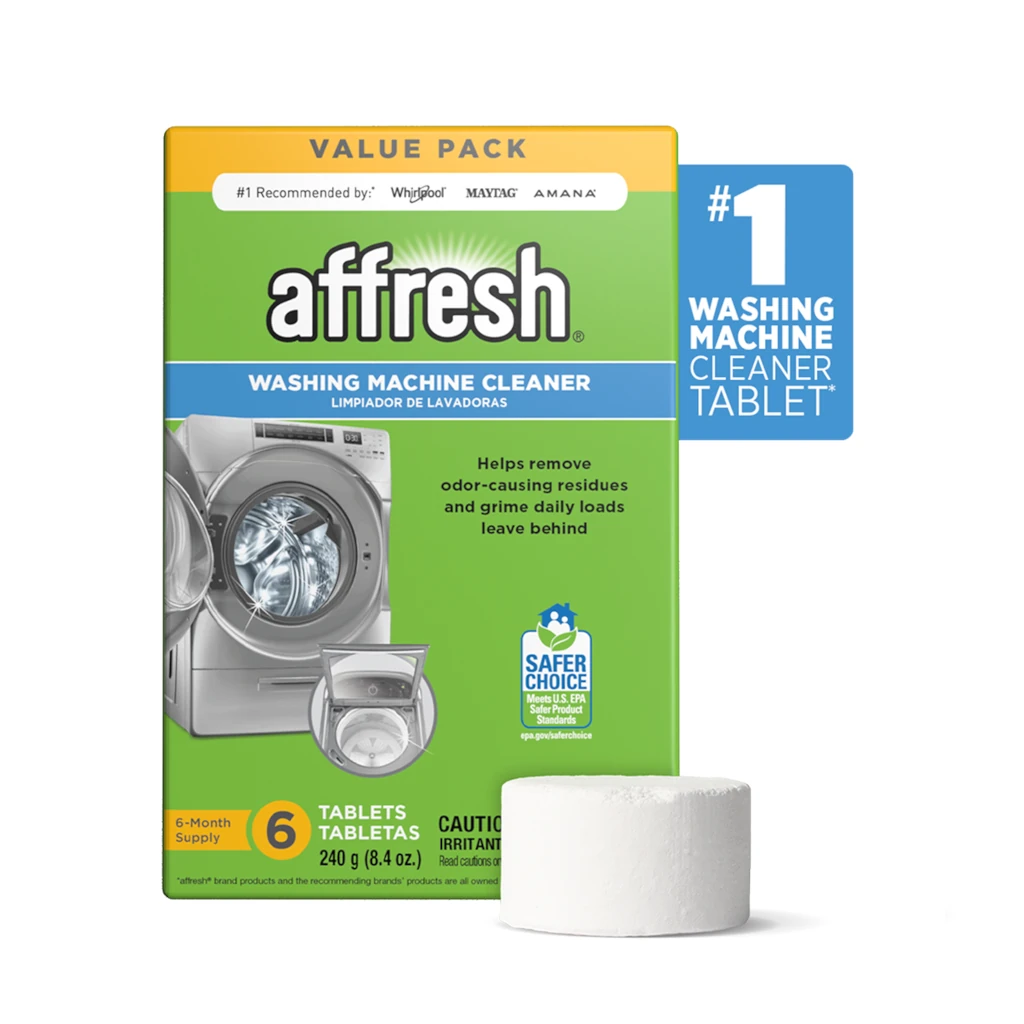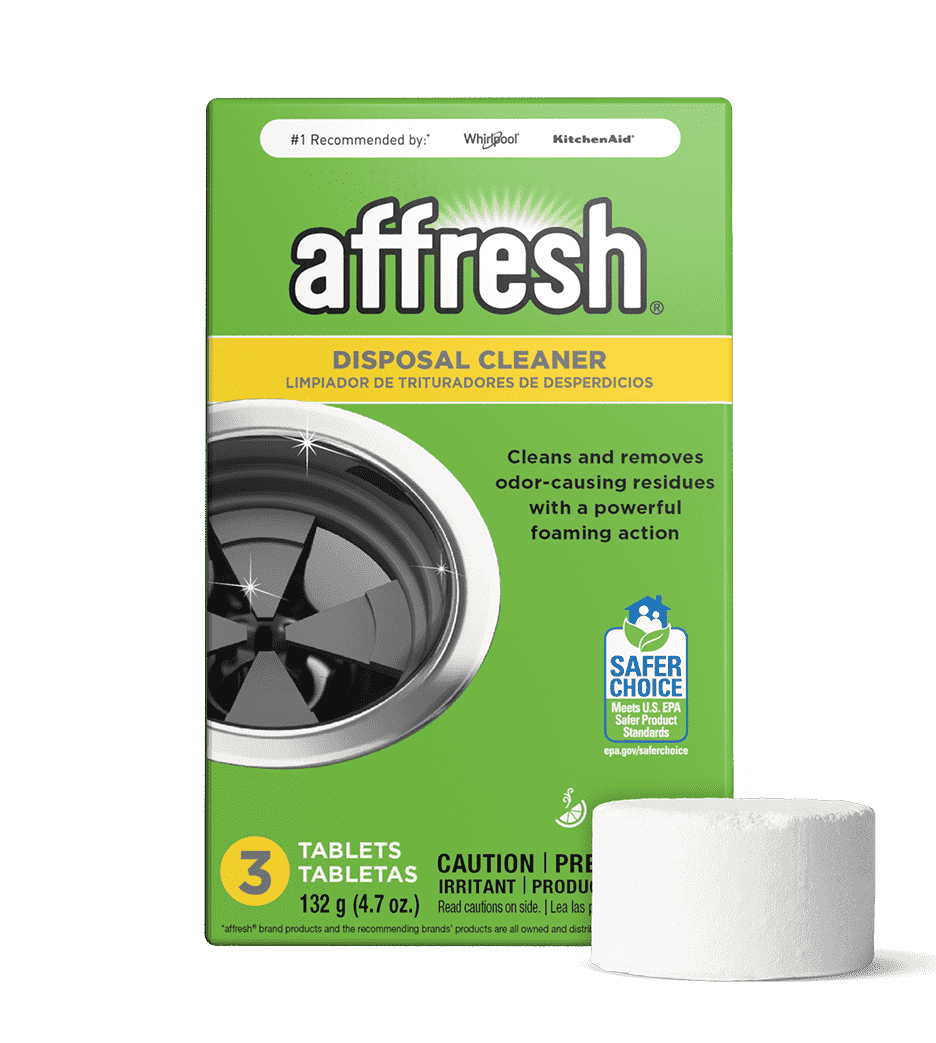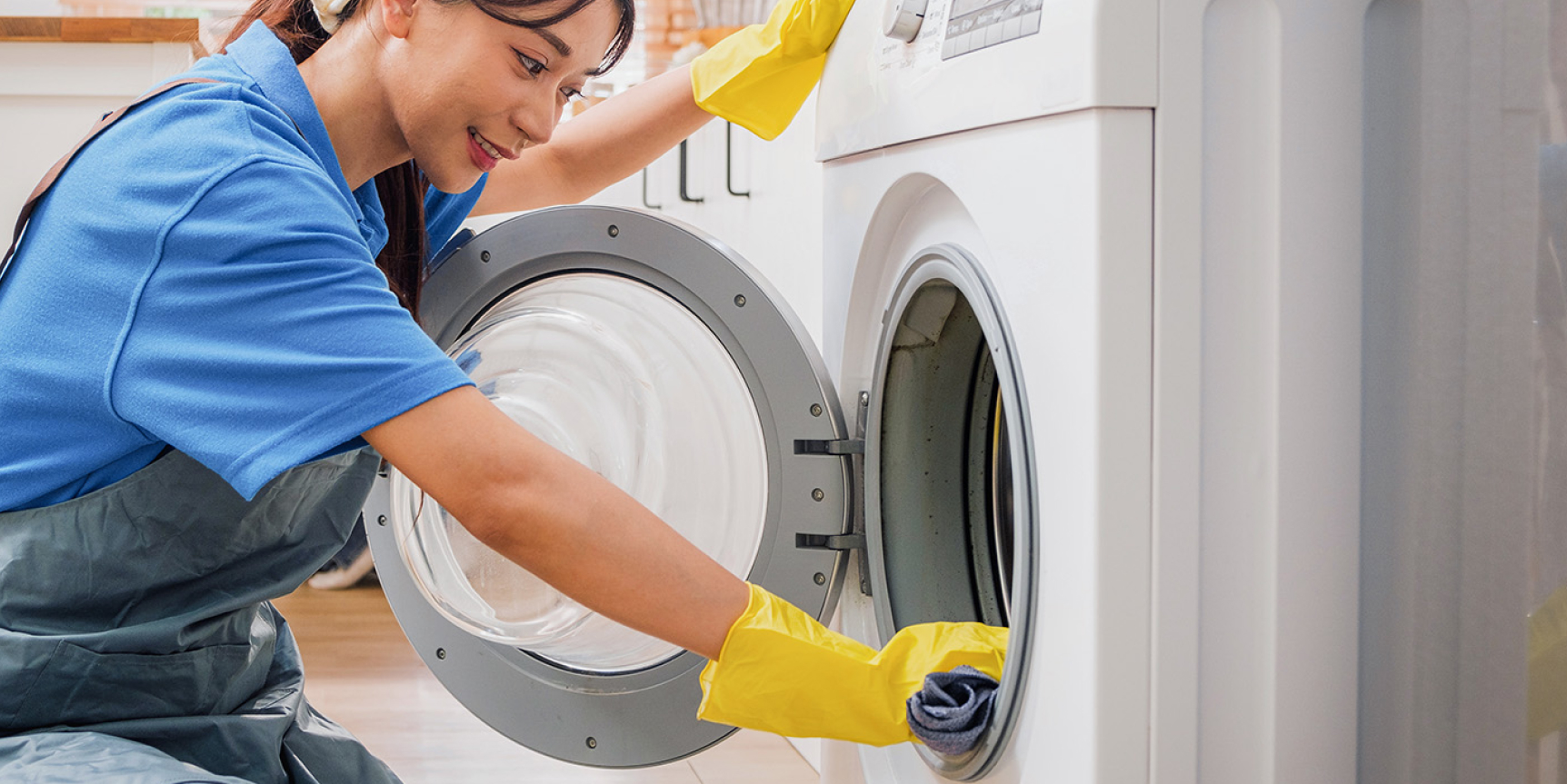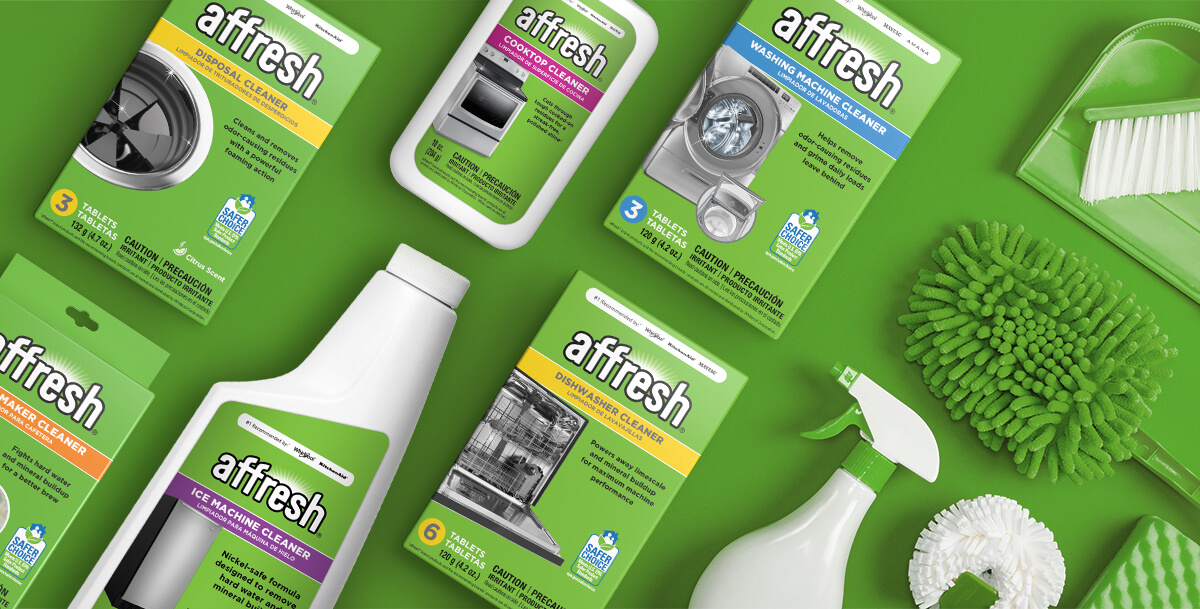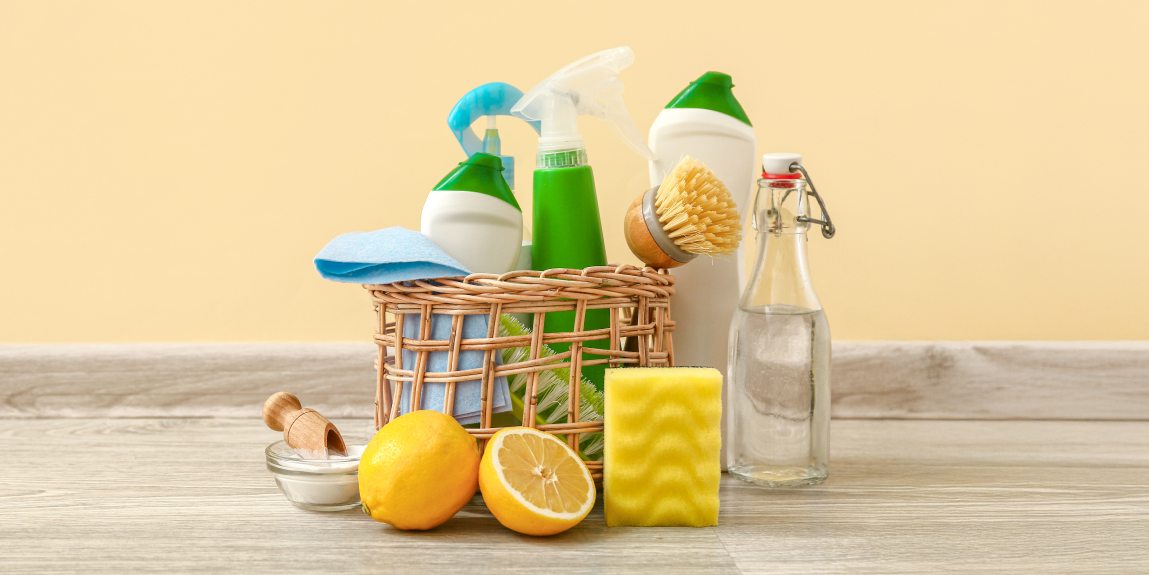
7 Methods for Removing Soap Scum From Appliances
If you’ve ever opened your dishwasher or washing machine and noticed white or chalky buildup, you’re not alone. Soap scum can quietly accumulate inside appliances and can be stubborn to remove. Not only is it unsightly, but soap scum can also negatively impact your appliances cleaning performance.
Luckily, there are a few simple methods for removing soap scum once and for all. Learn more about what causes soap scum, methods for removal and tips for preventing soap scum buildup on your appliances.
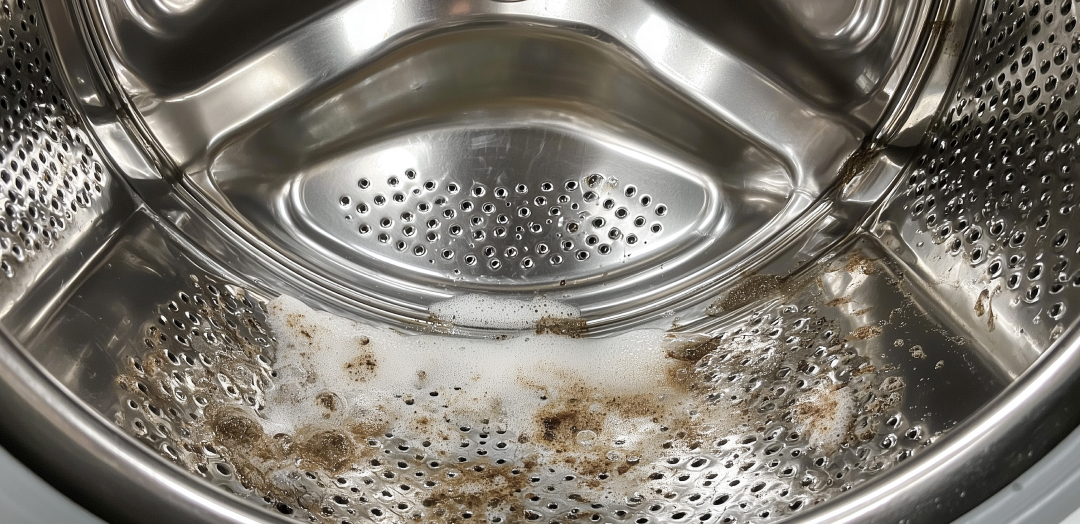
What Is Soap Scum
Soap scum is a white or gray film that forms on surfaces when soap reacts with minerals in water. This reaction creates a residue that’s made up of mineral deposits, soap and dirt. Soap scum can make appliance surfaces feel rough and dull over time and even trap bacteria and mold if not cleaned regularly.
Soap scum forms when the minerals in water react with the fatty acid salts found in soap. Tap water often contains dissolved minerals, such as calcium and magnesium, which interact with the fatty acid salts found in bar soap. This occurs because the minerals in water react with fatty acid salts in soap, creating insoluble salts that leave behind a white, filmy residue instead of dissolving.
Soap scum typically forms in damp environments where soap and water are frequently used, such as showers, bathtubs, washing machines and dishwashers. In washing machines and dishwashers, neglecting soap scum buildup can lead to clogged filters and reduced water flow. This can negatively impact the appliance’s performance, preventing dishes, glasses and silverware from being thoroughly cleaned and sparkling.
7 Methods for Removing Soap Scum
Don’t let soap scum linger on your appliances. The longer it remains, the harder it becomes to remove, so address it promptly once you see it. Always make sure to check your appliance manual for any specific cleaning instructions prior to removing soap scum.
Here are a few different methods for removing soap scum from your appliances.
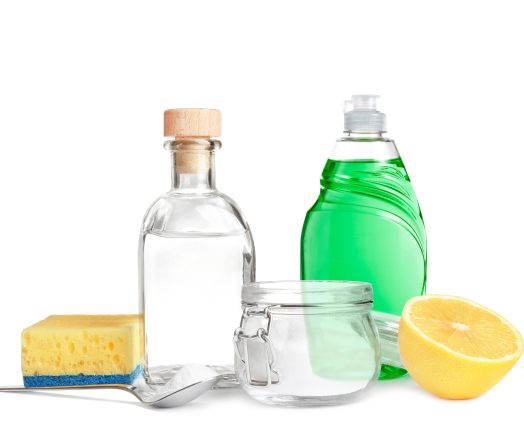
1. Vinegar and Baking Soda
Using a combination of vinegar and baking soda is a simple yet effective way to remove soap scum. White distilled vinegar is safe to use when cleaning your washing machine and dishwasher and works well to eliminate soap scum, detergent residue and other buildup. Spray white distilled vinegar in any area that you see soap scum and allow it to sit for 20 minutes. Then add a layer of baking soda on top and scrub clean with a sponge or microfiber cloth. Rinse and dry the area thoroughly when you’re done.
2. Vinegar and Dish Soap
A mixture of vinegar and dish soap can also be used to remove soap scum. Combine two parts vinegar and one part dish soap in a spray bottle and spray the entire area. Allow this to sit for 15 minutes before wiping the area clean with a microfiber cloth or sponge. Rinse completely after scrubbing and allow ample time for the area to dry.
Make sure that you do not allow the vinegar solution to set for an extended period of time, as this could result in damage to your appliance.
3. Lemon Juice
Lemon juice’s acidity offers a natural solution for breaking down and removing soap scum from appliances. Two methods can be used:
- Cut a lemon in half and rub it directly onto the soap scum. Let it sit for 15 minutes, then scrub with a sponge or cloth.
- Mix lemon juice with water in a spray bottle. Spray the mixture onto the soap scum and wipe clean after 15 minutes.
4. Specialized Soap Scum Cleaners
In addition to natural cleaning solutions, there are also specialized cleaners available designed to directly target soap scum. These cleaners are often meant to tackle stubborn soap scum that has been present for longer periods of time.
When using specialized cleaners, always adhere to the label’s instructions. Also, check your appliance manual before using any cleaning products to ensure it’s safe to do so.
5. Borax and Water
If you notice that mold or mildew has accumulated along with soap scum, you may need to use a product like Borax for a deeper clean. Borax is an alkaline substance that works to prevent mold’s ability to reproduce by absorbing moisture and drying out the surfaces it’s used on.
To remove soap scum, create a paste by mixing distilled water and Borax. Apply the paste to the affected area and let it sit for 20 minutes. Scrub the area thoroughly, then rinse and dry.
6. Baking Soda and Hydrogen Peroxide
Hydrogen peroxide, an oxidizing agent, effectively breaks down soap scum by disrupting its cellular structure. To use, mix hydrogen peroxide and water, apply to the soap scrub and let it sit for 15-20 minutes. Afterwards, scrub the area with a sponge or soft brush, then rinse and dry thoroughly.
7. Pumice Stones
If your appliance has a porcelain or ceramic surface, you can use a pumice stone to efficiently remove soap scum. Simply run the pumice stone over the affected area to lift and remove soap scum. Make sure to rinse and dry the area after.
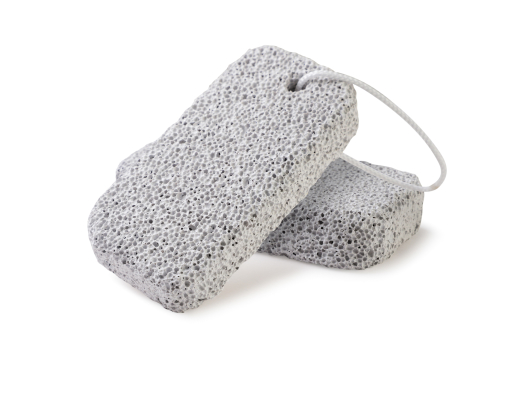
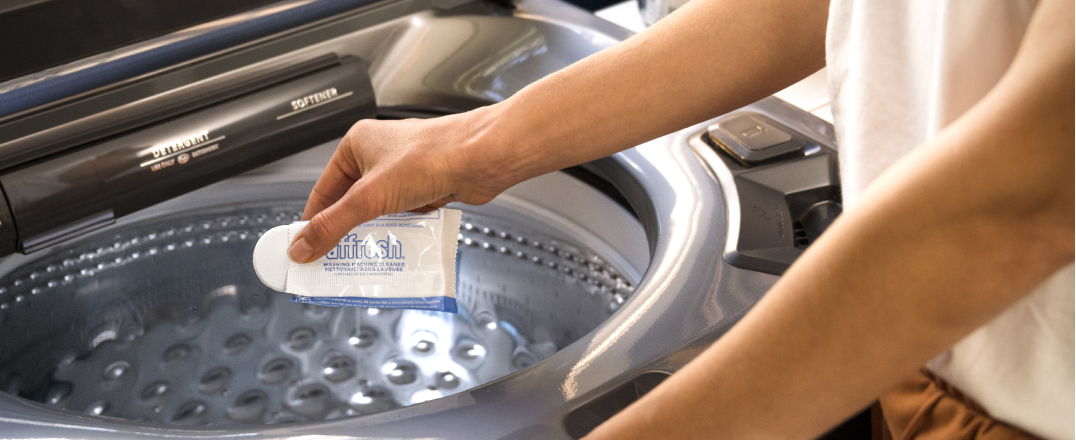
Tips for Preventing Soap Scum in Appliances
Keeping your appliances free from soap scum can be simple if you maintain a regular cleaning schedule and use the correct amount of cleaning products. Here are tips for preventing soap scum from accumulating in your appliances.
- Avoid using too much detergent in your washing machine and dishwasher as this can cause detergent residue and soap scum to build up over time.
- Clean your washing machine regularly, about once a month or every 30 wash cycles, to help minimize the amount of detergent buildup, mold and soap scum forming in and around the parts of your washer.
- Leave your washing machine door open after each wash to ensure the washer tub is fully dry. This can help prevent unwanted odors, mold, mildew and soap scum from accumulating.
- To prevent soap scum in your dishwasher, consider using powder instead of liquid detergents. Powdered detergents tend to work better with hard water and usually leave less residue behind than liquid detergents.
Explore All affresh® Appliance Cleaners
Keep your dishwasher free from soap scum by cleaning your dishwasher regularly with affresh® appliance care. With regular cleaning you should be able to prevent soap scum buildup and keep your appliances running efficiently.
Affresh® dishwasher cleaner helps remove limescale and mineral buildup from your dishwasher’s tub, racks, pump and valve, drain and recirculation hoses. Not to mention, it also descales glassware and dishes leaving them with a sparkling shine.
Affresh® washing machine cleaner helps clean deep inside the pump, valve, tub, drum, agitator, filter and hose of your washing machine to help ensure your appliance is free from odor-causing residues and grime like soap scum.
